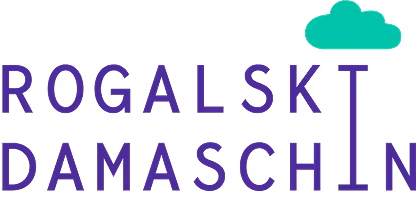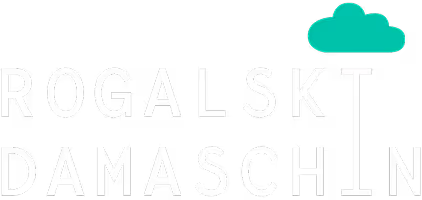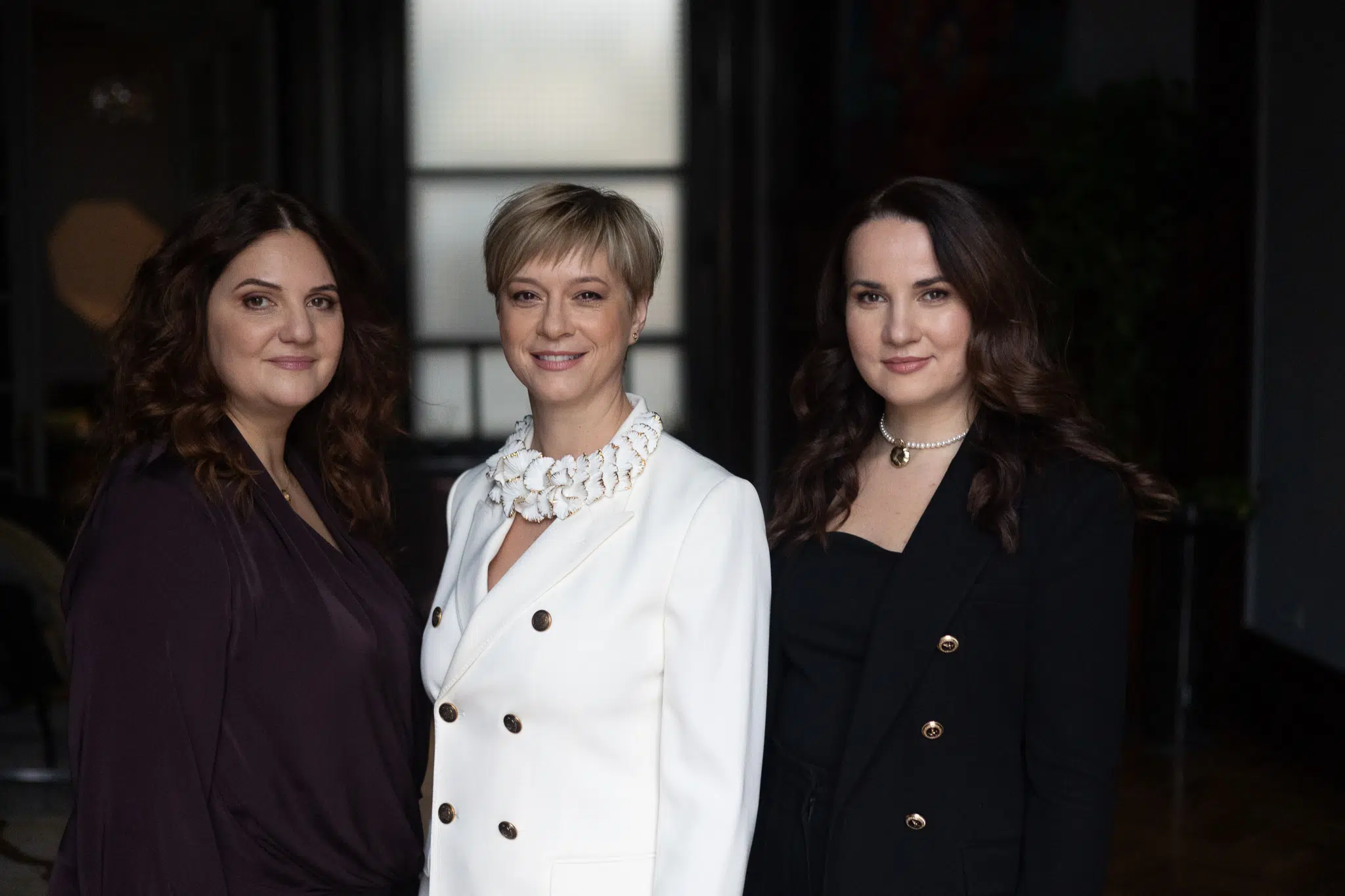
Brands in a divided world. How they can maintain their relevance in the era of polarization of speech
- The polarization of social discourse affects all areas of life and influences how brands communicate.
- Brands need to rethink how they want to remain relevant to increasingly fragmented audiences.
- Cognitive biases (biases) play a major role in the polarization of opinions and in the propagation of extremism.
- Social media accelerates the phenomenon through algorithms, favoring mostly negative content.
- Brands that communicate with integrity and courage can become benchmarks of stability and inspire long-term loyalty.
Why are public opinions so polarized and how are brands affected by this divided world? In recent years, the polarization of speech in society has become increasingly pronounced. This phenomenon is observable in various dimensions of social life — politics, health, education, culture and, perhaps most often, in people's behavior.
This polarization forces brands to listen and notice more. At the same time, they need to rethink how they choose to remain relevant, to make themselves known or to be real among fragmented and often disoriented audiences.
This polarization forces brands to listen, notice more, and rethink how they choose to stay relevant, make themselves known, or become real among fragmented and often disoriented audiences. In all this landscape of intense debate and perspectives, most brands are navigating the realm of communication rather cautiously. However, as consumers' feelings are increasingly influenced by ideas and content on social media and by the misinformation they are exposed to every day and that they often fail to notice, brands that do not actively seek to understand how people's minds work and the causes behind their actions run the risk of becoming more aware of how people's minds work. alienate significant segments of their target audience and possibly even damage their reputational assets

How to relate brands to the public in the context of polarized social media discourse and misinformation
In all this landscape of intense debates and perspectives, most brands navigate the territory of communication rather cautiously.
However, consumers' feelings are increasingly influenced by the ideas and content on social media and by the misinformation they are exposed to on a daily basis and which they often fail to notice.
In this context, brands that do not actively seek to understand how people's minds work and the causes behind their actions, risk alienating significant segments of their target audience. In addition, they can even damage their reputational assets.
Opinions on autopilot: how cognitive biases influence opinion polarization
When it comes to polarization, traditional views have shaped the profile of consumers by emphasizing individual socio-psychographic traits, such as inflexibility or resistance to change.
Recent research shows, however, that cognitive biases, or biases, in interpersonal interactions play a central role in the emergence of extremism.
Biases are the way in which the human species responds “automatically” to the wealth of information to which it is exposed. This mechanism is influenced by the limited resources of attention, information or memory available to each.
Confirmation bias and the impact on brands in a divided world
Many of these biases are exacerbated by the existing rhetoric in social interactions. For example, confirmation bias or confirmation error causes some people to reinforce their pre-existing beliefs and avoid alternative viewpoints.
With the speed with which information spreads and the visibility algorithms they rely on, social media platforms facilitate the emergence and propagation of this phenomenon. They thus become a battlefield and a barometer of the effects of these cognitive patterns.
Therefore, brands are forced to remain vigilant and transparent in these spaces and constantly rely on the construction of trust and credibility.
Negativity bias and the risk of image crises due to polarization of speech
At the same time, by virtue of other cognitive biases, such as that of negativity (negativity bias), social media in particular amplifies negative narratives that can quickly degenerate into image crises.
Therefore, it is important that brands prioritize in their plan a constant and deep understanding of their target audiences, their values and concerns, the communities in which they live.
Based on this information, brands must then develop communication strategiesthat take into account the multitude of voices and opinions existing in social discourse and create “safe” spaces for them.
Truth Bias and Increasing Polarization of Opinions
Another error that influences human reasoning in communicating with brands is that of “truth bias.” This represents the tendency of people to accept information as true based on pre-existing confidence in the source of that information, independent of its factual accuracy.
Social media algorithms limit the exposure of different perspectives and facilitate the spread of information among audiences with similar beliefs. Thus these “echo bubbles” intensify the polarization.
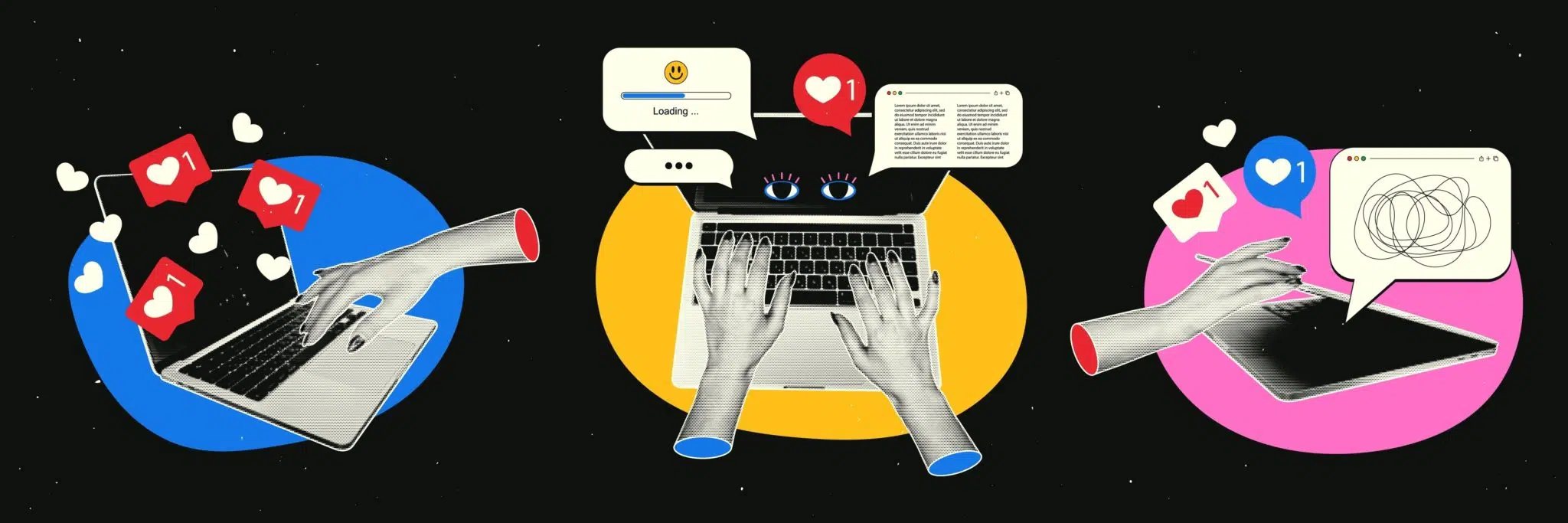
In a divided world, cognitive biases amplify extremism on social media
One study (Nguyen et al, 2020) demonstrates the existence of a model in which consensus among individuals is influenced by biases that favor extreme views. These biases lead to the formation of polarized clusters, even in the absence of pre-existing extremist agents.
This translates into the fact that as moderate views disappear, society becomes more and more divided. The study also highlights extremists' low tolerance of divergent views, which leads to their isolation and limits the influence of these groups.
Thus, moderate opinions manage to survive. This mechanism explains why, although extremism is present in many societies, it still does not end up dominating.
The same study also demonstrates that the intensity of prejudices/biases plays a crucial role in polarizing opinions.
Extreme biases, such as confirmation bias and negativity bias, accelerate the polarization process, while moderate biases allow diverse perspectives to coexist.
Moderate biases are:
- truth bias
- conformity bias, seen as the tendency to adhere to majority opinions to maintain harmony
- anchoring bias, that is, the influence of an initial reference point in the formation of an opinion, with openness to new information.
Applying this research model to real social networks, such as Facebook, confirmed the trends observed in simulations. Biases and the structure of networks contribute to the amplification of extremism. However, they also allow for the survival of moderate clusters.
These results show, among other things, the importance of understanding architecture social networksin shaping opinion. In other words, reducing biases in social interactions, rather than promoting tolerance, could be a more effective strategy to combat extremism.
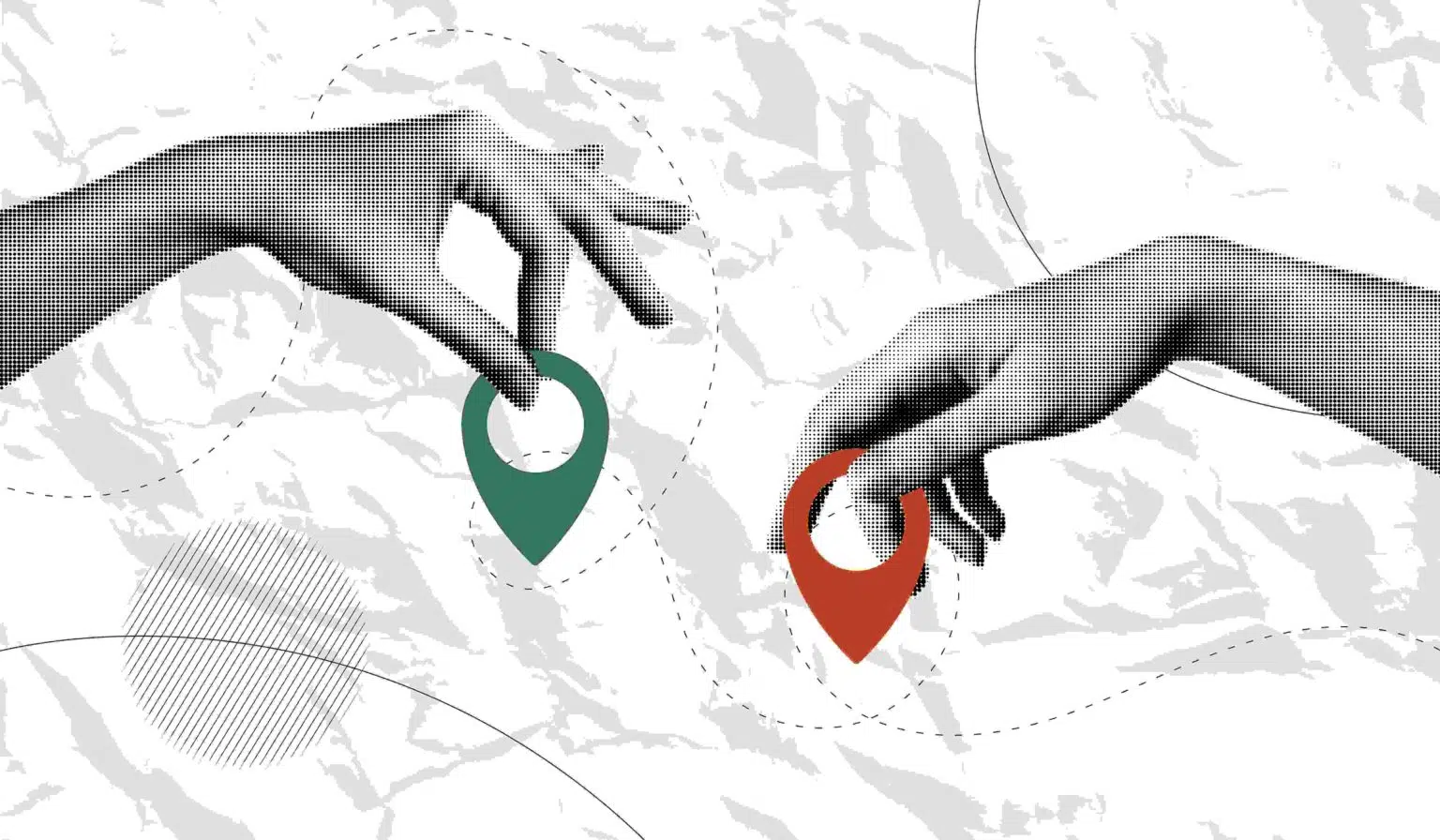
How can brands position themselves in a divided world?
In an era dominated by divisions, brands need a moral compass. Themes such as solidarity and recognition of universal dignity can provide a clear direction.
In this context, brands can no longer function only as economic entities. They become responsible social actors, aware that beyond ideological or cultural differences there is a common ground: human dignity.
This reality implies a paradigm shift. In the medium and long term, brand communication must go beyond the level of simply promoting products or services. Brands can instead become facilitators of connections between people.
Biases cannot be bypassed, but they can be counteracted. The solution is strategic, empathetic communication and based on authentic values such as transparency, overcoming the “us vs them” narrative, promoting collaboration and mutual respect.
Nowadays, there are enough advanced tools for analyzing feelings. Likewise, there are specialists who understand the deepest psychological mechanisms that govern human behavior. With their help, brands can develop their ability to anticipate people's reactions and adapt quickly.
Agility thus becomes an essential advantage. Brands that constantly monitor the social and cultural landscape can better understand consumer perceptions and behaviors. They can become guides in the complex universe of social media. Moreover, they can retain their relevance and even turn into points of stability in a period dominated by uncertainties.
In the end, those brands that take the responsibility to communicate with integrity, transparency and courage, will inspire long-term loyalty. In addition, they will benefit, in turn, from a more balanced society and people who are authentically connected to each other.
Questions and Answers on Consumer Loyalty and Brand Reputation in a Divided World
- What is the difference between polarization and diversity of opinions?
The diversity of views reflects democratic pluralism and the existence of varied perspectives. Polarization occurs when differences become extreme and lead to confrontations, blocking constructive dialogue. - How can a brand remain neutral in a divided world?
Maintaining neutrality is difficult, but in such a context, it is important for brands to focus on universal values such as respect, transparency and social responsibility. - How does consumer loyalty change in a polarized climate?
Consumers tend to choose brands that reflect their values. Loyalty no longer depends only on price or quality, but also on the ethical and social coherence of the brand. - How can the effects of polarization on a brand be measured?
By closely monitoring social media conversations, reputation evolution in perception studies, and analyzing reactions to campaigns.
References
Nguyen, V. X., Xiao, G., Zhou, J., Li, G., & Li, B. (2020). Bias in social interactions and emergence of extremism in complex social networks. It's chaos. https://doi.org/10.1063/5.0009943
Naderer, B., Rieger, D., & Schwertberger, U. (2023). An online world of bias. The mediating role of cognitive biases on extremist attitudes. Kommunikation, 49, 51 — 73. https://doi.org/10.1515/commun-2021-0115.
